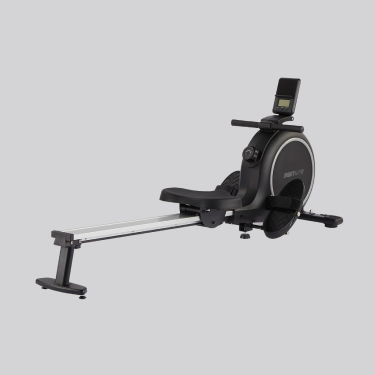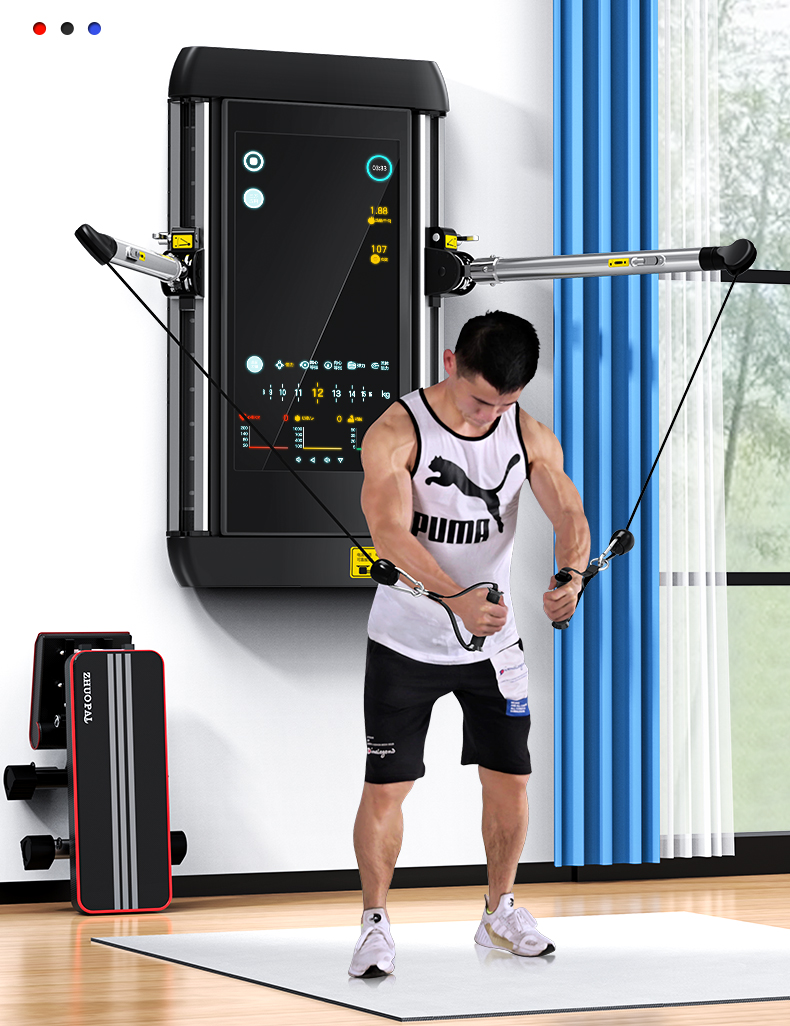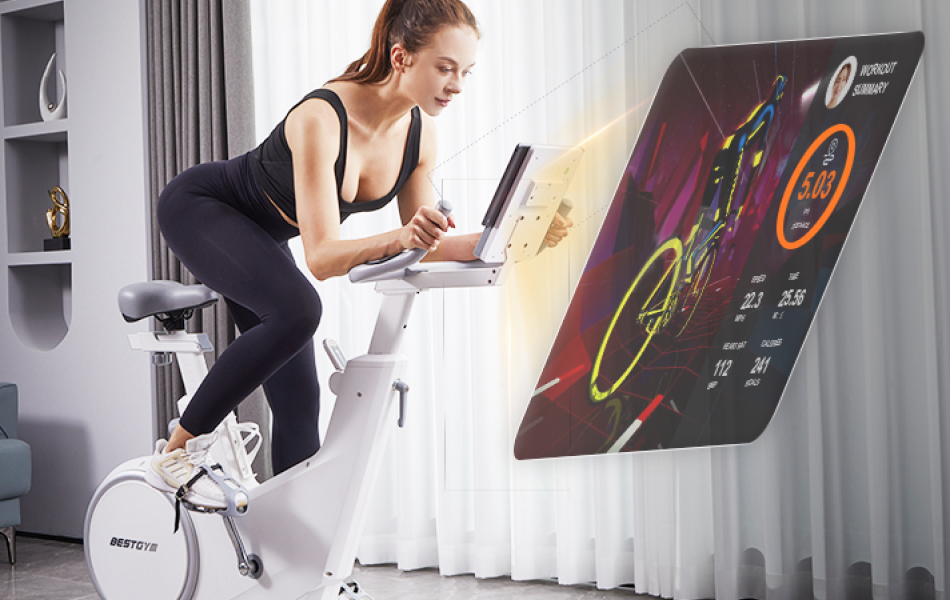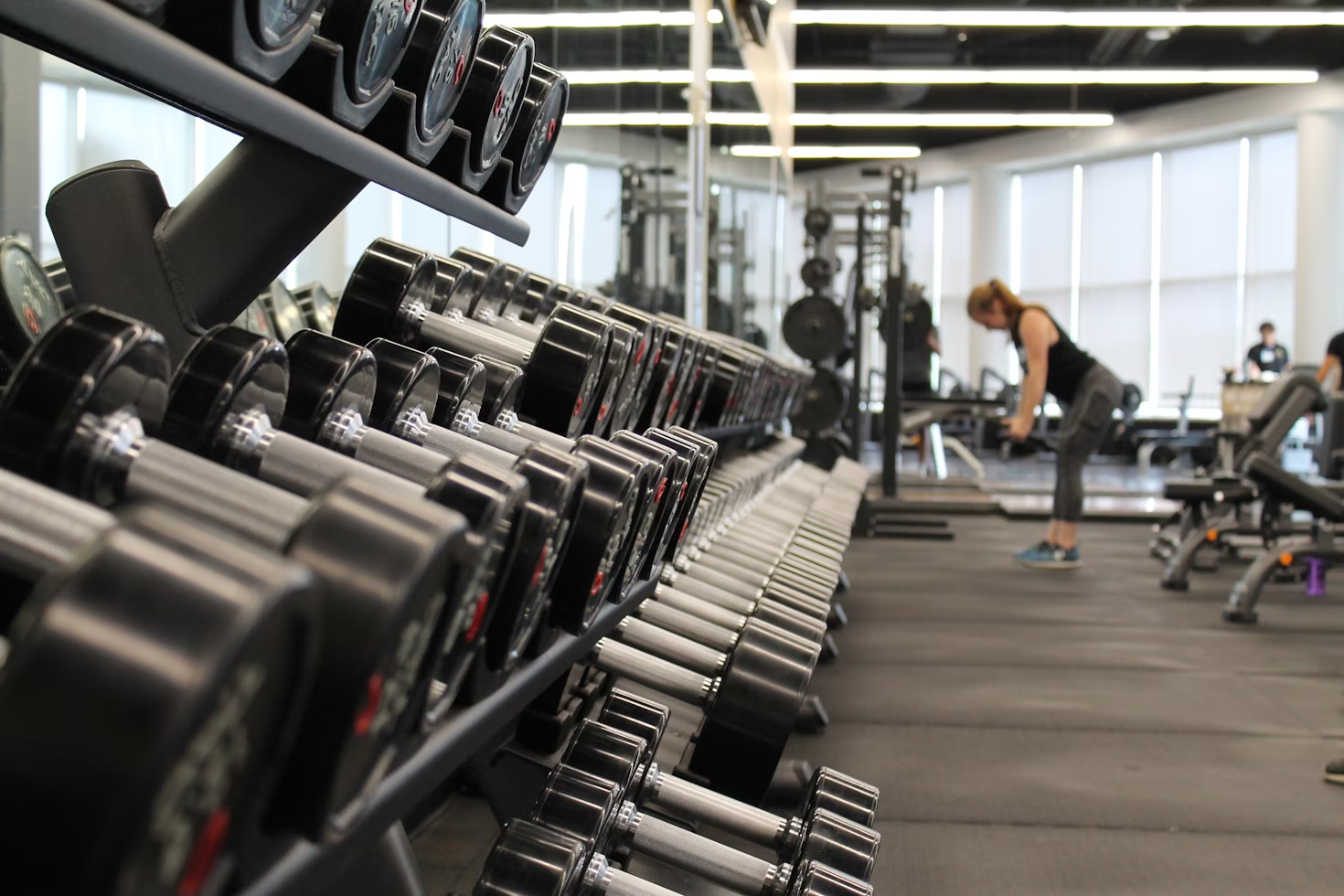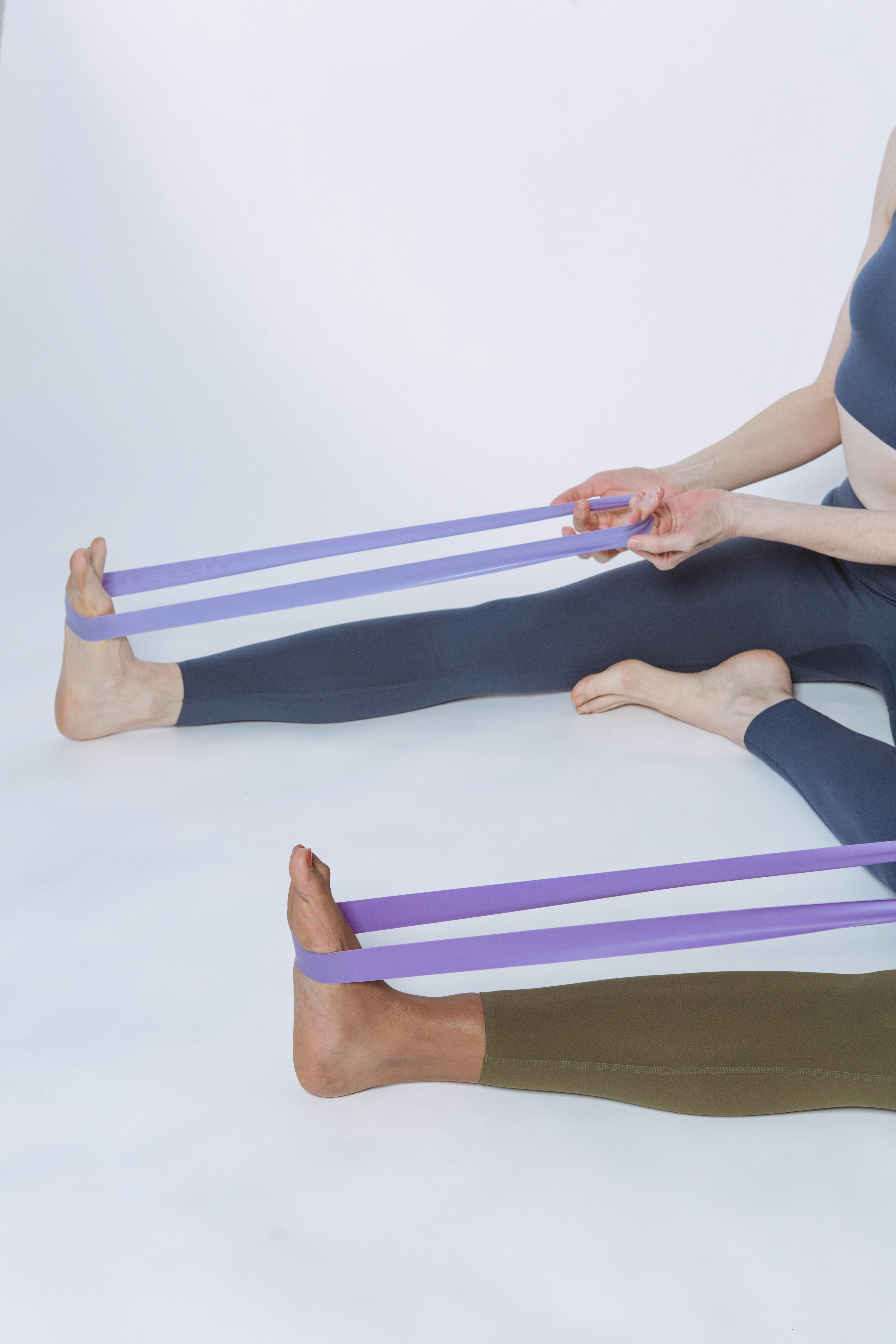How to Choose the Perfect Flywheel Weight for Your Spin Bike
Choosing the right flywheel weight for your spin bike can make a significant difference in your cycling experience. The flywheel is a crucial component of a spin bike, affecting everything from the smoothness of your ride to the intensity of your workout. This comprehensive guide will help you understand the importance of flywheel weight, factors to consider, and how to choose the perfect flywheel weight for your spin bike.
Understanding the Flywheel: What Is It and Why Does It Matter?
A flywheel is a mechanical device specifically designed to efficiently store rotational energy. It is a weighted wheel that spins when the bike pedals are moved. The flywheel's role is to create momentum, providing a smoother ride and mimicking the feel of outdoor cycling. In spin bikes, the flywheel's weight and design directly impact the resistance and overall cycling experience. 
Why Does Flywheel Weight Matter?
The weight of the flywheel plays a critical role in the performance of a spin bike. Heavier flywheels create more momentum, leading to a smoother and more stable ride. Conversely, lighter flywheels may result in a less smooth ride but can be beneficial for high-intensity interval training (HIIT) due to quicker acceleration and deceleration. Understanding how flywheel weight affects your workout can help you choose the right spin bike for your fitness goals.
The Impact of Flywheel Weight on Your Spin Bike Cycling Experience
The weight of the flywheel significantly influences the performance and feel of a spin bike. Learn about the impact of flywheel weight on aspects such as smoothness, stability, resistance, and noise, and how it affects your overall cycling experience. A spin bike with a 13kg flywheel provides a smooth and challenging workout experience.
1. Smoothness and Stability
Heavier flywheels, typically weighing between 30 to 50 pounds, provide a smoother and more stable ride. This is because the added weight generates more inertia, which helps maintain a consistent pedal motion and reduces the impact of minor fluctuations in pedaling speed. This smoothness is crucial for long, steady rides and endurance training.
2. Resistance and Intensity
The flywheel's weight also affects the bike's resistance levels. A heavier flywheel can offer a wider range of resistance, allowing for more intense workouts. On the other hand, lighter flywheels, usually between 15 to 30 pounds, are more suitable for those who prefer quick, high-intensity workouts with rapid changes in speed and resistance.
3. Noise and Maintenance
Heavier flywheels tend to produce less noise and require less maintenance compared to lighter ones. This is because they operate more smoothly and steadily, reducing wear and tear on the bike's components. If you plan to use your spin bike frequently, especially in a shared living space, a heavier flywheel might be the better choice.
Key Factors to Consider When Choosing Flywheel Weight for Your Spin Bike
Choosing the right flywheel weight for your spin bike involves evaluating several factors, including your fitness goals, cycling style, and budget. This guide provides a comprehensive overview of the key considerations to help you select the optimal flywheel weight for your needs. BESTGYM flywheel spin cycles for sale, offering high-quality and durable exercise bikes for an intense cardio workout.
1. Your Fitness Goals
Your fitness goals should be the primary factor in determining the ideal flywheel weight for your spin bike. If you're aiming for endurance training, long rides, and consistent workouts, a heavier flywheel will provide the stability and resistance you need. For HIIT and shorter, more intense sessions, a lighter flywheel may be more appropriate.
2. Your Cycling Style
Consider your preferred cycling style when selecting a flywheel weight. If you enjoy a steady, road-like cycling experience, a heavier flywheel will offer the smoothness and stability you desire. For those who prefer a more dynamic and varied workout, a lighter flywheel can provide the agility needed for quick transitions and bursts of speed.
3. Budget and Space
Heavier flywheels often come with higher-end spin bikes, which can be more expensive. Additionally, these bikes may require more space due to their robust build. If budget and space are concerns, you may need to find a balance between flywheel weight and other bike features.
4. Experience Level
Your experience level with indoor cycling can also influence your choice. Beginners may find heavier flywheels easier to manage due to their stability and smooth ride. Advanced cyclists, who are accustomed to outdoor riding and varied terrains, might prefer the versatility of a lighter flywheel.
Types of Flywheels for Spin Bikes: Perimeter-Weighted vs. Center-Weighted
Understanding the different types of flywheels is key to choosing the right spin bike. This section explains the differences between perimeter-weighted and center-weighted flywheels, highlighting their unique characteristics and how they affect your cycling experience. 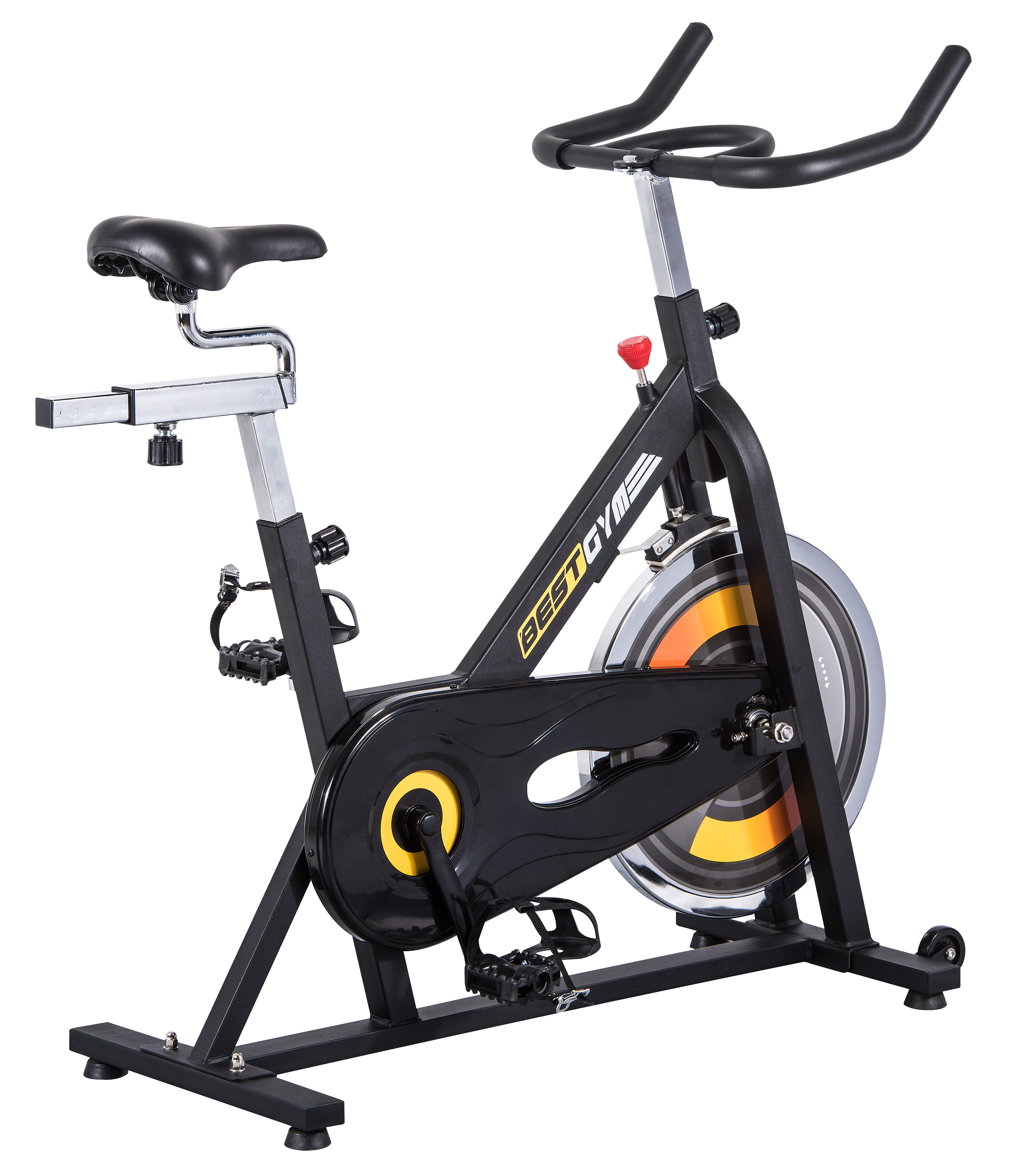
1. Perimeter-Weighted Flywheels
Perimeter-weighted flywheels have most of their weight concentrated on the outer edge. This design enhances the flywheel's inertia, providing a smoother and more stable ride. These flywheels are often heavier and more suitable for endurance training.
2. Center-Weighted Flywheels
Center-weighted flywheels distribute their weight more evenly throughout the wheel. This design allows for quicker acceleration and deceleration, making them ideal for HIIT and dynamic workouts. These flywheels are typically lighter and offer a different riding experience compared to perimeter-weighted flywheels.
Heavy Flywheel vs. Light Flywheel Spin Bike
When selecting a spin bike, one of the most crucial decisions is choosing between a heavy flywheel and a light flywheel. Each option has distinct advantages and considerations, impacting your cycling experience and workout effectiveness. This part will explore the differences between heavy and light flywheels, helping you make an informed decision based on your fitness goals and preferences. The bike spinning movement involves rapid pedaling with varying resistance to simulate different terrains and intensities.
The Benefits of Light Flywheels for Spin Bikes
Light flywheels usually weigh between 15 to 30 pounds. These flywheels are designed for quick acceleration and deceleration, making them ideal for high-intensity interval training (HIIT) and dynamic workouts. They offer less inertia, which can lead to a more varied cycling experience. Learn about the benefits of light flywheels, including quick acceleration, portability, and cost-effectiveness, and how they can improve your fitness routine.
1. Quick Acceleration and Deceleration
Light flywheels allow for quick changes in speed and resistance, making them perfect for HIIT and dynamic workouts. This feature is beneficial for advanced cyclists who enjoy varied and intense training sessions.
2. Easier to Move and Maintain
Light flywheels are generally easier to move and maintain. Spin bikes with lighter flywheels are often more compact and portable, making them suitable for smaller spaces and users who may need to move their bike frequently.
3. Cost-Effective
Spin bikes with lighter flywheels are often more affordable than those with heavy flywheels. This makes them an attractive option for budget-conscious buyers who still want a quality cycling experience.
The Benefits of Heavy Flywheels for Spin Bikes
Heavy flywheels typically weigh between 30 to 50 pounds. These flywheels are designed to provide a smoother, more stable ride by generating more inertia. This inertia helps maintain consistent pedal motion, reducing the impact of minor fluctuations in pedaling speed. Discover the benefits of heavy flywheels, such as enhanced stability, greater resistance range, and reduced noise, and why they are ideal for endurance training and beginners.
1. Enhanced Stability
One of the primary benefits of heavy flywheels is enhanced stability. The added weight helps maintain a consistent pedal motion, reducing the impact of any fluctuations in pedaling speed. This stability is particularly beneficial for beginners and those focusing on endurance training.
2. Smoother Ride
Heavy flywheels provide a smoother ride by generating more inertia. This inertia helps to maintain a steady pedal motion, which can be especially beneficial during long rides and for users who prefer a road-like cycling experience.
3. Greater Resistance Range
Heavier flywheels offer a wider range of resistance levels, allowing for more intense and varied workouts. This is ideal for users who want to challenge themselves and improve their fitness levels over time.
Choosing between a heavy and light flywheel for your spin bike is a decision that should be guided by your fitness goals, cycling style, experience level, budget, and available space. Heavy flywheels offer stability, a smoother ride, and a broader range of resistance, making them ideal for endurance training and beginners. Light flywheels, on the other hand, provide quick responsiveness, portability, and affordability, catering to advanced cyclists and those who prefer high-intensity workouts.
How to Test Flywheel Weight for Spin Bikes
Testing the flywheel weight of a spin bike before purchase is crucial to ensure it meets your fitness needs and preferences. This guide will walk you through the steps to evaluate different flywheel weights, helping you make an informed decision that enhances your indoor cycling experience. An 18kg flywheel spin bike delivers a stable and effective workout, ensuring smooth and consistent resistance. 
1. Visit a Showroom
Visiting a showroom allows you to test different spin bikes and get a feel for various flywheel weights. This hands-on experience can help you determine which weight provides the ride quality and resistance levels that match your preferences.
2. Consult Online Reviews
Reading online reviews can provide valuable insights into the performance and quality of different flywheel weights. Look for reviews from users with similar fitness goals and cycling styles to get a better idea of what to expect.
3. Seek Expert Advice
Consulting with fitness experts or personal trainers can help you make an informed decision. They can provide recommendations based on your fitness goals, experience level, and cycling preferences.
How to Maintain Your Spin Bike Flywheel
Proper maintenance of your spin bike flywheel is essential for ensuring a smooth and long-lasting cycling experience. Regular cleaning, lubrication, and inspection can help keep your flywheel in top condition, providing consistent performance and reducing the need for costly repairs.
1. Regular Cleaning
Keeping your spin bike clean is essential for maintaining its performance. Regularly wipe down the flywheel and other components to prevent dust and dirt buildup, which can affect the bike's smoothness and resistance.
2. Lubrication
Proper lubrication of the flywheel and other moving parts is crucial for maintaining a smooth ride and reducing wear and tear. Follow the manufacturer's recommendations for lubrication intervals and use appropriate lubricants.
3. Inspect for Wear and Tear
Regularly inspect your spin bike for any signs of wear and tear, especially on the flywheel and resistance mechanism. Addressing issues early can prevent more significant problems and prolong the lifespan of your bike.
How can BESTGYM Help? Flywheel Exercise Spin Bike
BESTGYM, a leading fitness equipment company, offers a wide range of high-quality spin bikes designed to meet the needs of all fitness enthusiasts. With options featuring both heavy and light flywheels, our spin bikes cater to various workout preferences, ensuring a smooth and effective exercise experience.
Our flywheel exercise spin bikes are built with durability and performance in mind. BESTGYM uses top-notch materials and advanced engineering to create spin bikes that offer exceptional stability, resistance, and smoothness. Our commitment to quality means you can rely on our equipment to support your fitness goals for years to come. Additionally, our knowledgeable staff is available to help you choose the perfect flywheel weight and bike model to suit your individual needs, ensuring you get the most out of your workouts.
Choosing the perfect flywheel weight for your spin bike involves considering your fitness goals, cycling style, budget, and experience level. Understanding the differences between heavy and light flywheels, as well as the benefits and drawbacks of each, can help you make an informed decision. By testing different options and seeking expert advice, you can find the ideal flywheel weight that enhances your cycling experience and helps you achieve your fitness goals. Proper maintenance of your spin bike flywheel will ensure a smooth and enjoyable ride for years to come.


